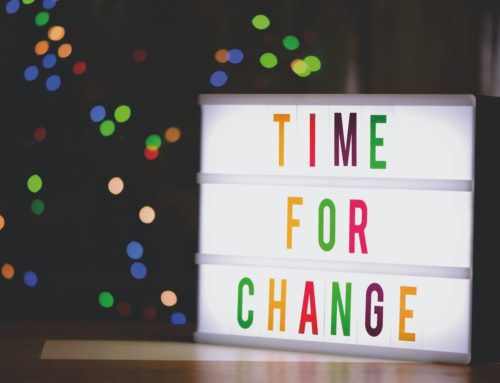We hate to be the bearer of bad news, but the open concept does not work. You remember this revolution in corporate design…The one that became trendy when Silicon Valley tech companies began showing off offices designed to be one large melting pot of human collaboration, accented by trendy ping-pong tables and beer fridges. Maybe you even redesigned your own offices to mirror this too-cool-for-school vibe, hoping it would spur recruitment and increase teamwork.
But, has it worked? We’re guessing the answer is a big, fat no. We have some thoughts on the matter and even, dare we say, some hope for you yet.
Blame The Research
It’d be one thing if we were just being unkind pessimists or the hipsters of the group who refuse to endorse anything remotely popular. But, we’re neither (at least not in this instance). In fact, our claims that open concepts don’t work is actually backed by cold, hard research. For starters, the Harvard Business Review dug into the issue and uncovered some startling findings. Perhaps most shocking of all? Face-to-face interactions fell by 70% when companies switched to an open office design. Seventy percent! That’s huge – and face-to-face interactions were one of the main things this type of design was supposed to increase. The research also found that productivity decreased in open concepts.
What Gives?
When you boil this issue down, the reality is that people need space to think, produce ideas and get things done. When you cram a bunch of people close together in an open space like cattle, they become distracted. To counteract this, they put in noise-canceling headphones and try desperately to focus on their tasks at hand. So what you ultimately end up with is an office full of headphone-wearing, largely unproductive people who are trying their darndest not to speak to one another.
And Then There’s COVID-19…
If the research about a lack of interaction and productivity wasn’t compelling enough, perhaps new norms brought about by the new coronavirus will be. This pandemic has made physical distancing a must (which is pretty much the opposite of the open concept). It’s also required businesses to think carefully about virus transmission in terms of shared, indoor spaces and gatherings of multiple people. Maybe your employees aren’t back in the office yet, but someday they will be. How will your open concept keep them safe, adhere to safety measures and prevent potential transmission of COVID-19 and other illnesses? The answer is that it won’t, at least not in its current state.
So, Now What?
If you invested a lot of time and money into your open concept, this might have been a very demoralizing read to this point. But we promised you hope, and we’re here to deliver on it. You don’t need to abandon your open concept corporate design entirely, nor throw away all the furniture and items you’ve spent money on so far. You just need to adapt it.
Depending on how your space is designed, your goals and your budget, there are about a million and a half different ways to do this. You may be able to repurpose some of your furniture for other uses, or break up large bullpens into multiple smaller sections. Maybe you had a big table that sat 10 people; now you might want to use it for two or three. Other considerations like wall barriers and off the shelf products can be used creatively (and for any budget) to transform your open concept.
If your office is an open concept, we can help. When we’re done working together, your space will no longer stifle productivity and collaboration or be at risk of major virus transmission. Instead, you’ll have an evidence-based setup that improves productivity and collaboration, and one that’s in compliance from a COVID-19 perspective as well. Ready to start? Give us a call!





Leave A Comment